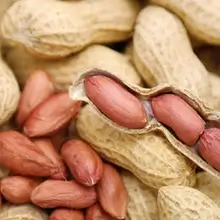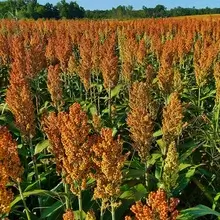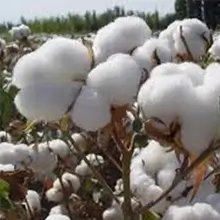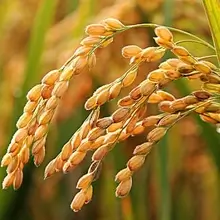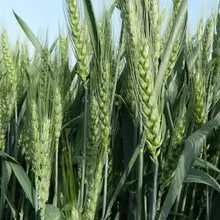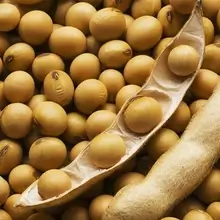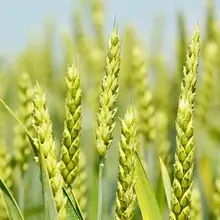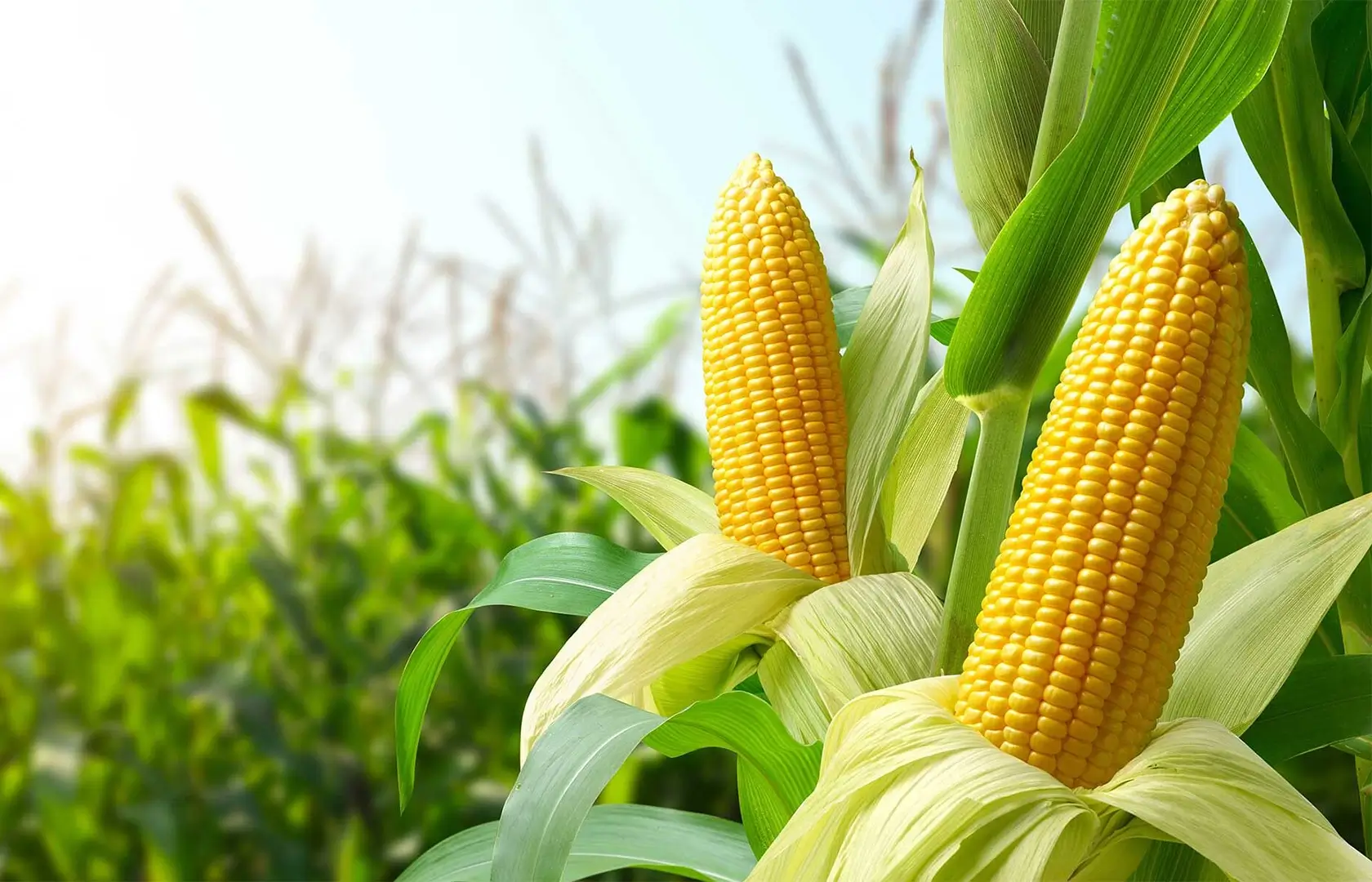
Crop: Corn
Crop Overview
Corn is a major global crop with high nutritional value and broad applications in food, feed, and industry. It is prone to pests like fall armyworm, corn borers, and aphids, as well as diseases such as leaf blight and rust. Proper use of insecticides, fungicides, and herbicides is essential to ensure healthy growth and maximize yield.
Common Diseases
Common diseases, pests and weeds of corn crops and their impacts and corresponding prevention and control measures:
Common diseases and their impacts and prevention and control methods
1. Corn leaf spot
- Impact: Leaf spot mainly harms corn leaves, affects corn photosynthesis, and leads to a decrease in yield.
- Symptoms: Small brown spots appear on the leaves, gradually expand and merge, and eventually cause the leaves to dry up.
- Prevention and control measures: Use fungicides such as propiconazole and mancozeb, and plant disease-resistant varieties.
2. Corn leaf spot
- Impact: Leaf spot mainly occurs during the growth period of corn, affects leaf photosynthesis, weakens plant growth, and leads to reduced yield in severe cases.
- Symptoms: Large gray-brown to black spots appear on the leaves, which can cause premature leaf death in severe cases.
- Prevention and control measures: Use fungicides such as azoxystrobin and tebuconazole for prevention and control, crop rotation and selection of disease-resistant varieties.
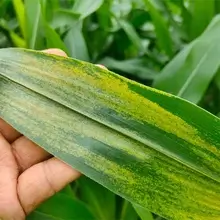
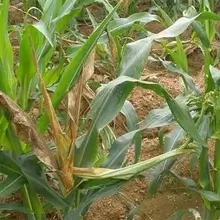
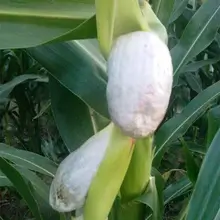
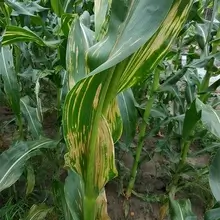
3. Corn stalk rot
- Impact: Stalk rot causes corn stalks to soften and fall, and nutrient transport is blocked, which seriously affects yield.
- Symptoms: The base of the stem rots and turns brown, causing the plant to fall over and the corn ears to develop poorly.
- Prevention and control measures: Use seed dressing agents such as thiophanate-methyl and fludioxonil for prevention and control, and pay attention to field drainage.
4. Corn Silk Smut
- Impact: Silk smut mainly harms the silk and ears of corn, causing poor grain development and seriously affecting yield.
- Symptoms: Black powdery spores appear on the silk and ears, and the grains shrink or do not develop.
- Prevention and control measures: Use fungicides such as carbendazim and propiconazole, remove diseased plants in time and disinfect the field.
5. Corn Gray Spot
- Impact: Gray spot mainly affects the leaves of corn, resulting in reduced photosynthesis efficiency and stunted plant growth.
- Symptoms: Gray or brown spots appear on the leaves, gradually expanding into irregular gray spots.
- Prevention and control measures: Use fungicides such as mancozeb and thiophanate-methyl, and choose disease-resistant varieties.
Common pests and their impacts and control methods
1. Corn borer
- Impact: Corn borer is the main pest of corn. The larvae will eat the stems and ears, causing the plants to fall, affecting the yield and quality.
- Damage symptoms: The stems and ears are hollowed out, causing the plants to fall and the ears to develop poorly.
- Control measures: Use insecticides such as chlorantraniliprole and emamectin benzoate, combined with biological control methods such as releasing trichogrammatids.
2. Armyworm
- Impact: Armyworm larvae eat corn leaves, affecting the photosynthesis of corn, which may cause a reduction in yield in severe cases.
- Damage symptoms: Notches or signs of being eaten appear on the leaves, and the growth of the plants is hindered.
- Control measures: Use insecticides such as avermectin and fipronil.
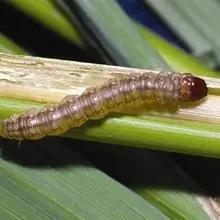
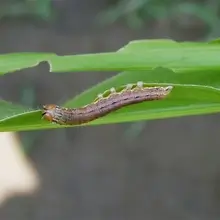

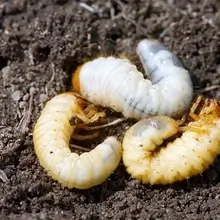
3. Aphids
- Impact: Aphids suck corn juice, causing the plants to turn yellow and wilt, and can spread viral diseases.
- Damage symptoms: The leaves curl and turn yellow, the plants become dwarfed, and the development of the ears is seriously affected.
- Control measures: Use pesticides such as imidacloprid and thiamethoxam.
4. Cutworms
- Impact: Cutworms mainly harm corn seedlings. The larvae eat the roots and stem base, causing the plants to die or fall.
- Damage symptoms: The roots or stem base of the plants are eaten, causing the plants to fall or wilt.
- Control measures: Use insecticides such as chlorpyrifos and phoxim for soil treatment or seed treatment.
5. Underground pests (grubs, mole crickets, etc.)
- Impact: Underground pests eat the roots of corn, causing the plants to grow slowly, and in severe cases, the plants die.
- Damage symptoms: The roots are damaged, the plants grow weakly, and are prone to lodging.
- Control measures: Use chlorpyrifos and cypermethrin for soil treatment or seed dressing.
Common weeds and their impacts and control methods
1. Setaria
- Impact: Setaria competes with corn for water, nutrients and light, affecting the normal growth of corn and leading to reduced yield.
- Hazard manifestation: Weeds grow rapidly, cover the field, and corn plants are poorly developed.
- Control measures: Use herbicides such as acetochlor and glyphosate.
2. Barnyard grass
- Impact: Barnyard grass grows rapidly and can compete with corn for nutrients and water in the soil, inhibiting the growth of corn.
- Hazard manifestation: Barnyard grass covers the field, affecting the photosynthesis of corn and causing slow growth of plants.
- Control measures: Use herbicides such as pendimethalin and cyhalofop-butyl.
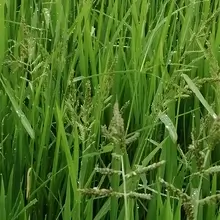
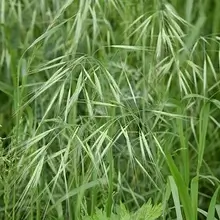
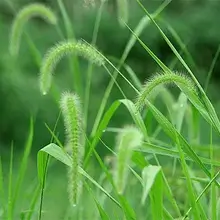
3. Wild oats
- Impact: Wild oats are a stubborn weed that can compete with corn for water and nutrients and affect the normal development of plants.
- Hazard manifestation: Wild oats densely cover the field, hindering the normal growth of corn and causing a decrease in photosynthesis efficiency.
- Control measures: Use herbicides such as pendimethalin and fenoxaprop-butyl.
4. Xanthium sibiricum
- Impact: Xanthium sibiricum is a common weed in corn fields. It can reproduce rapidly and compete with corn for light and water.
- Hazard manifestations: Slow plant growth, poor development of corn plants, and reduced yield.
- Control measures: Use herbicides such as glyphosate or acetochlor.
5. Amaranth
- Impact: Amaranth is a weed with tenacious vitality. It competes with corn for water and nutrients, resulting in stunted corn growth.
- Hazard manifestations: Weeds grow in the field, corn growth is inhibited, and photosynthesis capacity decreases.
- Control measures: Use herbicides such as metolachlor and acetochlor.
